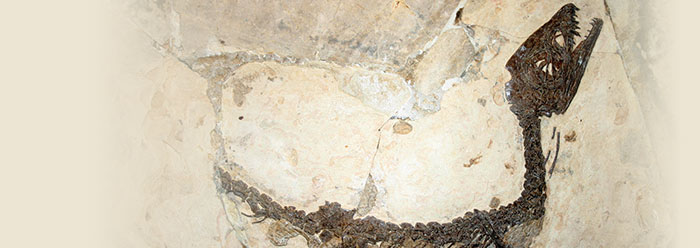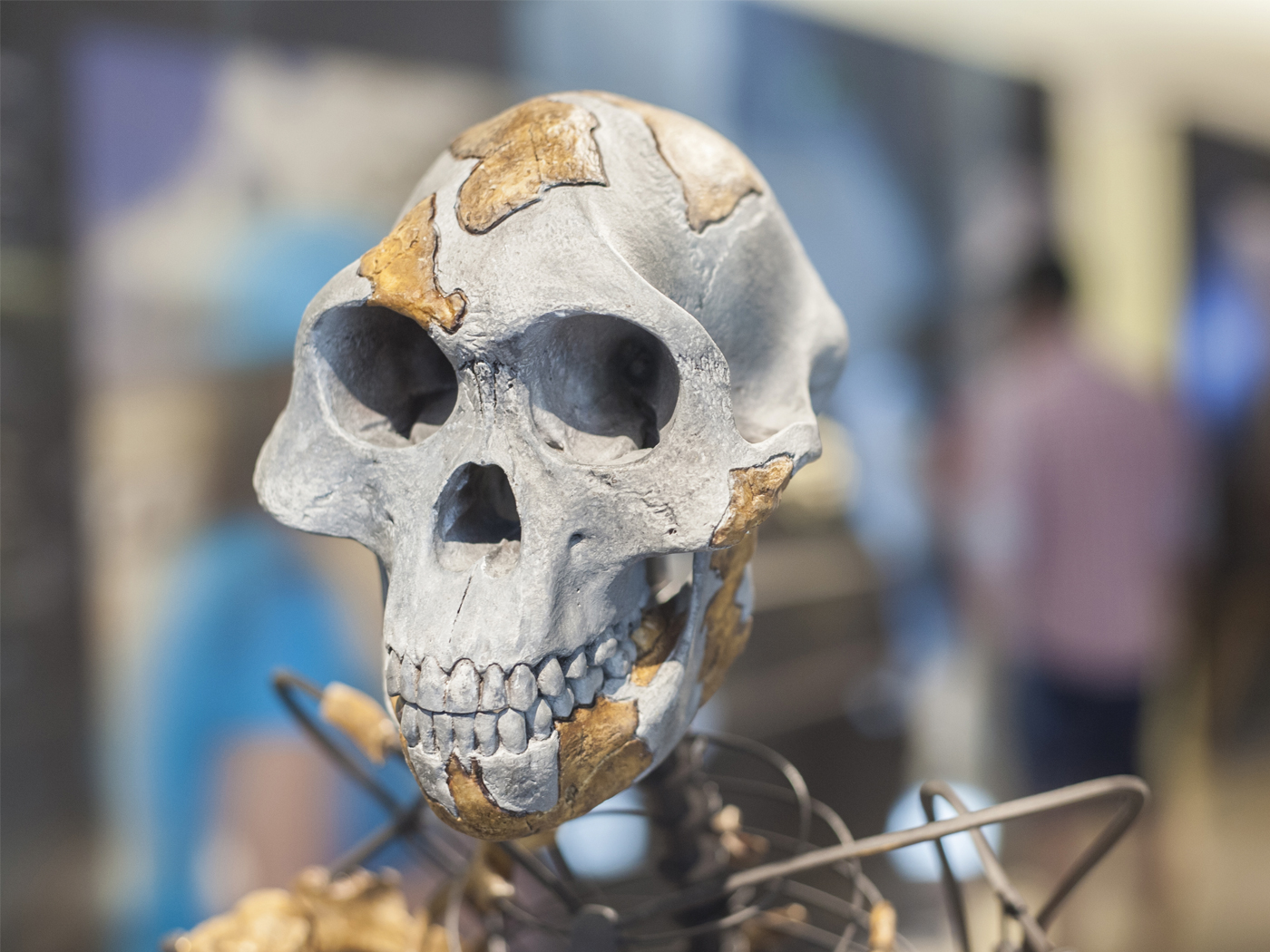Evolutionary scientists are trying to find evidence that dinosaurs were warm-blooded creatures in order to place them closer to birds on their evolutionary diagrams.1 According to Dr. Tom Holtz, “Birds are dinosaurs! And because birds live today, dinosaurs never did become extinct.”2 Does science back this story? Most of the evidence for dinosaurs possessing a bird-like metabolism is misrepresented.3,4
If dinosaurs were birds, they should’ve been endothermic (warm-blooded) like birds today. Endothermic simply means that an animal generates its own internal body heat using its metabolism, independent of its surroundings. Ectothermic (cold-blooded) means that an animal needs an external source of heat, like sunlight, to warm its body, like snakes and lizards do.
Unfortunately, determining whether or not an extinct animal is endothermic or ectothermic is difficult and requires a study of soft-tissue anatomy. Because only small amounts of soft tissue are preserved in dinosaur fossils, we still don’t know for sure if dinosaurs were warm or cold-blooded.
Many scientists have noticed that dinosaur bone is highly vascularized, with lots of blood vessel openings, similar to mammals. They claim this demonstrates that dinosaurs were warm-blooded. However, the presence of vascularized bone cannot be used as proof of an animal’s metabolic rate. A study by Tomasz Owerkowicz showed that the possession of highly vascularized bone merely means the animal was active and not necessarily warm-blooded.5
Studies of nasal passage size may make a far better test. Ninety-nine percent of all warm-blooded animals have turbinates, coils of membrane-covered cartilage or bone in their nasal passages that reduce water and heat loss during breathing.
Dr. John Ruben performed CT scans on four different dinosaur skulls, including two predatory dinosaurs. All scans revealed narrow nasal cavities similar to those of modern cold-blooded animals like crocodiles rather than to those of birds.6
Scientists also found some soft-tissue and skeletal evidence to support cold-bloodedness—just the opposite of what dino-to-bird proponents hoped. A study of the abdominal cavity of the meat-eating dinosaur Scipionyx—a small dinosaur some paleontologists claim to be the precursor of today’s birds—revealed the presence of a lung ventilation system similar to that of modern crocodiles.7,8 The attachment style of the intestines also indicated that the flow-through air sac lung system typically found in birds was not present in Scipionyx.
Recently, it was suggested that some dinosaurs were mesotherms, similar to tuna and the leatherback turtle.9 Mesotherms can raise their body temperatures by their activity level but are unable to internally maintain the temperature like true endotherms. In this regard, the dinosaurs were still closer to cold-blooded ectotherms than warm-blooded endotherms.
In conclusion, there is no compelling scientific reason to claim dinosaurs were warm-blooded animals. The evidence instead backs the case that dinosaurs were created as cold-blooded reptiles, and their cold-blooded nature may have played a big part in their post-Flood extinction.10
The metabolism debate actually reflects a deeper issue: a war of worldviews. Mainstream secular scientists claim that dinosaurs were warm-blooded because they need them to be the evolutionary ancestors of birds to fit their model. For this reason, evolutionary scientists have a compelling incentive to push an unfounded and unproven scientific viewpoint out to the public. It is difficult to make the case for a warm-blooded descendant from a cold-blooded ancestor.4,10
References
- Fastovsky, D. E. and D. B. Weishampel. 2009. Dinosaurs: A Concise Natural History. New York: Cambridge University Press.
- Holtz, Jr., T. R. 2007. Dinosaurs: The Most Complete, Up-to-Date Encyclopedia for Dinosaur Lovers of All Ages. New York: Random House, 163.
- Clarey, T. L. 2007. Advocates for cold-blooded dinosaurs: the new generation of heretics. GSA Today. 17 (1): 45-46.
- Clarey, T. 2015. Dinosaurs: Marvels of God’s Design. Green Forest, AR: Master Books, 121-128.
- Morell, V. 1996. A Cold, Hard Look at Dinosaurs. Discover. 17 (12): 98-108.
- Ruben, J. A. 1996. The Metabolic Status of Some Late Cretaceous Dinosaurs. Science. 273 (5279): 1204-1207.
- Ruben, J. A. et al. 1997. Lung Structure and Ventilation in Theropod Dinosaurs and Early Birds. Science. 278 (5341): 1267-1270.
- Ruben, J. A. et al.1999. Pulmonary Function and Metabolic Physiology of Theropod Dinosaurs. Science. 283 (5401): 514-516.
- Grady, J. M. et al. 2014. Evidence for mesothermy in dinosaurs. Science. 344 (6189): 1268-1272.
- More evidence on this debate can be found in Dinosaurs: Marvels of God’s Design,. available at ICR.org/store.
* Dr. Clarey is Research Associate at the Institute for Creation Research and received his Ph.D. in geology from Western Michigan University.




















